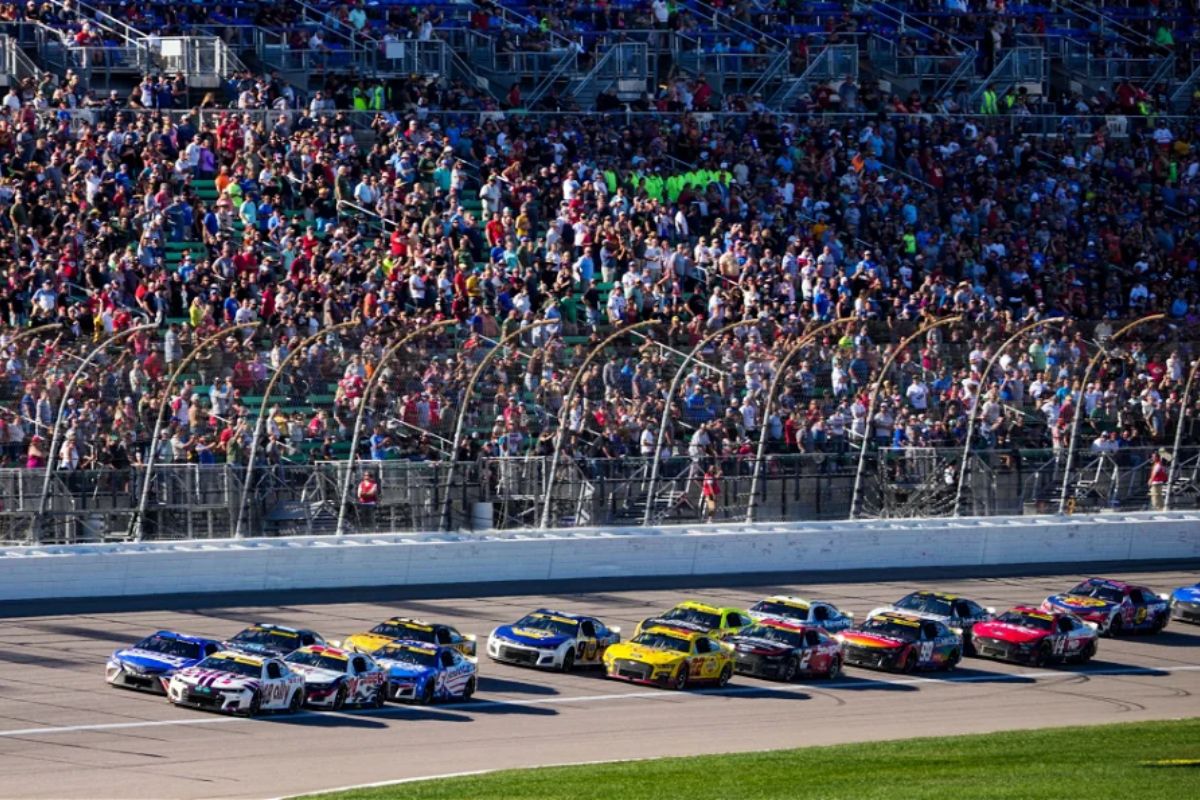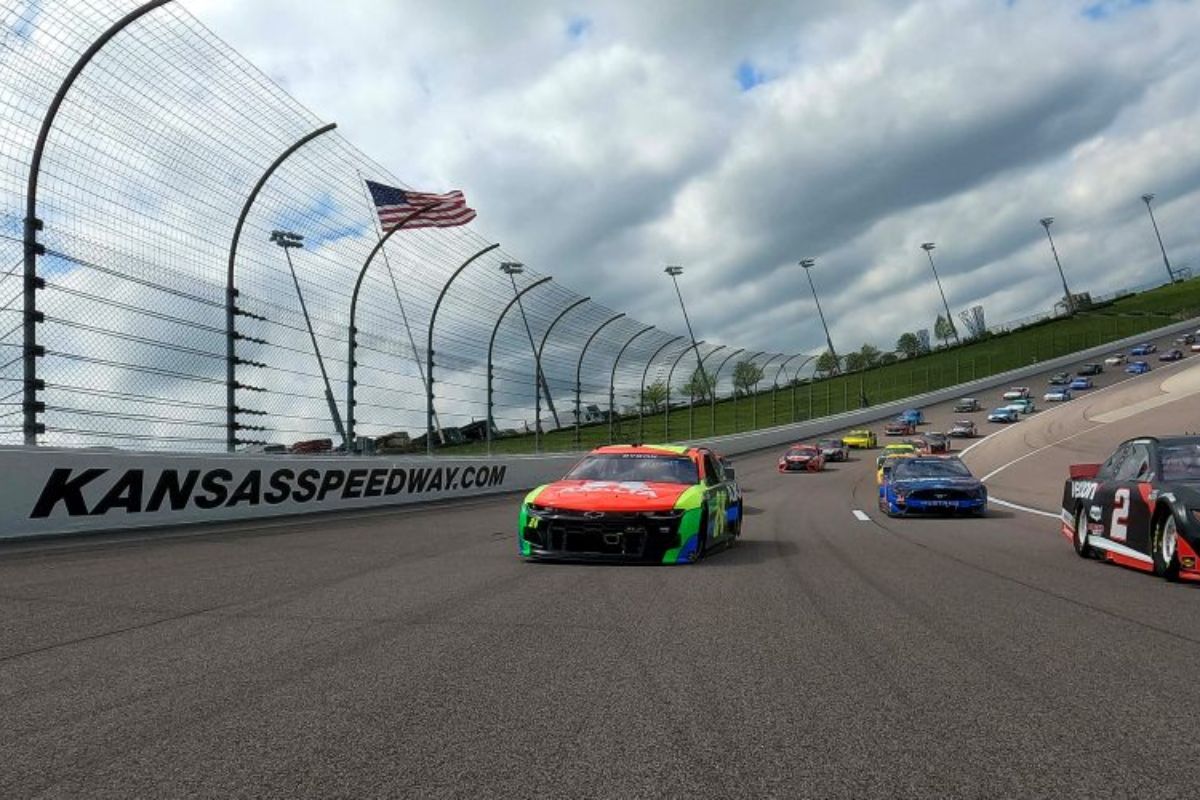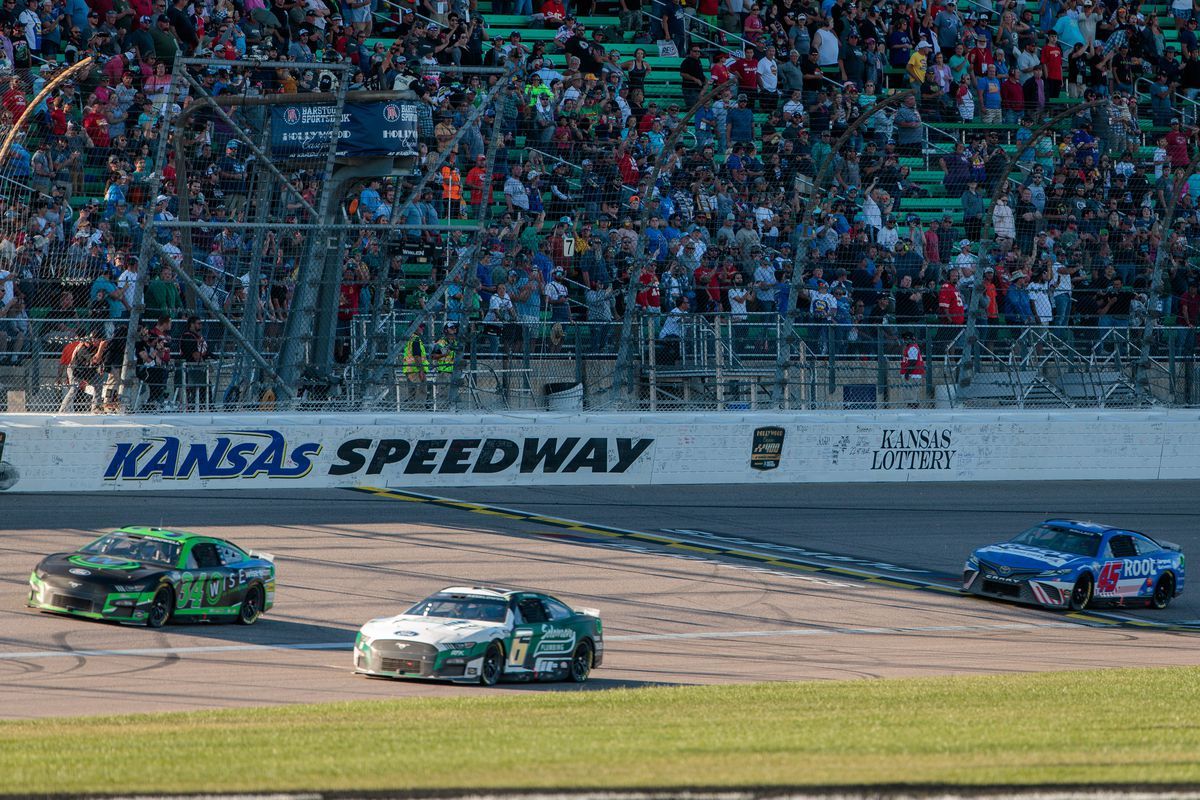NASCAR Falls Short of F1: The recent viewership statistics revealing NASCAR’s shortfall of 800,000 viewers compared to Formula 1 spark an important discussion on the competitive dynamics and fan engagement strategies within global motorsports. This disparity not only highlights the broader, international appeal of Formula 1 but also raises questions about NASCAR’s current positioning and marketing efforts. Are the cultural, technological, or promotional aspects of NASCAR needing refinement to bridge this significant viewership gap? Analyzing these factors might offer insights into potential strategic adjustments necessary for NASCAR to improve its global footprint and appeal.
Key Takeaways
- NASCAR’s viewership decline is influenced by less favorable broadcast times due to frequent rain delays.
- Formula 1 has gained a competitive edge with strategic race scheduling and global appeal.
- Technological innovations in Formula 1 attract a younger, tech-savvy audience, overshadowing NASCAR’s traditional appeal.
- The charisma and marketability of Formula 1 drivers enhance its viewership numbers compared to NASCAR.
- NASCAR needs to revise its marketing and race management strategies to better compete with Formula 1’s growing popularity.
Rain Delays Impacting NASCAR Races
Rain delays, such as the recent three-hour postponement at Kansas Speedway, consistently disrupt NASCAR events, frustrating fans and adversely affecting the sport’s viewership numbers. These interruptions not only delay the immediate excitement of the race but also have broader implications for the sport’s scheduling and audience retention strategies.
Analyzing the pattern, rain delays tend to push live broadcasts into less favorable time slots, directly competing with other popular programs or extending beyond the typical viewing hours, thereby diminishing viewer engagement. The unpredictability of such delays can deter viewership, as fans might choose alternate entertainment options that offer more reliability. Furthermore, casual viewers or those with passing interest are less likely to invest time in a sport with frequent unpredictable interruptions, which further erodes the fan base.
From a broadcasting perspective, rain delays necessitate extended coverage, often requiring networks to fill airtime with replays and analysis, which, while informative, do not hold the same appeal as live racing action. This alteration in programming can strain resources and potentially increase operational costs. Additionally, advertisers and sponsors, whose investments depend on live viewership metrics, might reconsider their commitments if delays continue to be a regular occurrence, fearing reduced exposure for their brands.

Historic Finish Overshadowed by Rain Delay
The race got postponed, making fans wait a whopping three hours. It was supposed to start at 3 p.m. ET, but it didn’t kick off until 6:25 p.m. ET. Because of this long delay, NASCAR lost a big chunk of viewers, even though the finish was absolutely perfect and made history.
The climax of the race saw Kyle Larson narrowly edging out Chris Buescher by a mere 0.001 seconds, marking the closest finish in NASCAR history. This extraordinary moment should have been a major draw for the sport, highlighting the intense competitiveness and skill at the highest levels of stock car racing.
Strategically, NASCAR faces challenges in these scenarios. The delay not only impacts real-time viewership but also affects the narrative momentum built around the race. When racing resumes, the continuity of excitement and suspense that characterizes live sports is often diminished, affecting the live spectators and television audiences.
Motorsports viewership in America last weekend:
🔷@F1Miami: 3.1 million
🔶@NASCAR: 2.3 million pic.twitter.com/aZXW4YGPZy— Adam Stern (@A_S12) May 7, 2024
Impact on TV Viewership and Comparison with Formula One
Journalist Adam Stern reported a noticeable decline in NASCAR’s TV viewership, with the Kansas race falling short of last year’s figures by 2% and lagging behind the Formula One Miami Grand Prix by 800,000 viewers. This difference not only highlights the challenges NASCAR faces in maintaining its audience but also emphasizes the rising appeal of Formula One in the United States.
.@FS1 got 2.296 million viewers for Sunday's delayed NASCAR race at Kansas that featured the closest finish in the sport's history, down 2% from 2.352 million for last year's race that ran on time. pic.twitter.com/8J88yWEBEn
— Adam Stern (@A_S12) May 7, 2024
The decline in NASCAR viewership can be attributed to a variety of factors, including the timing and marketing of events, the charisma of participating drivers, and perhaps most importantly, the overall entertainment value perceived by the audience. In contrast, Formula One has effectively capitalized on strategic race placements and robust global branding efforts. The Miami Grand Prix, for example, benefits from being staged in a glamorous city known for its international allure, which naturally enhances global viewership numbers.
NASCAR, while having a deeply rooted fanbase, must innovate and possibly revamp its marketing strategies to reclaim and expand its viewership. This includes enhancing the race day experience, both on-track and through broadcast mediums, to compete effectively with Formula One’s visually engaging race presentations. The challenge for NASCAR lies not just in boosting numbers, but in strategically positioning itself in a rapidly evolving sports entertainment landscape.

Historical Precedents of Rain Delays in NASCAR
Historical analysis reveals that the recent rain delay at Kansas Speedway is part of a broader pattern of weather disruptions that have impacted NASCAR events, such as the 2014 Daytona 500 and a 1973 Bristol race. These incidents highlight a recurring challenge in the sport, affecting not only the scheduling and logistics but also the strategic dynamics of racing.
Back in the 2014 Daytona 500, fans had to wait a whopping 6 hours and 22 minutes before Dale Jr. crossed the finish line. And way back in 1973 at Bristol, they had to stop a race after just 52 laps due to rain. It took a painful two weeks to get back on track, but Cale Yarborough wasn’t fazed. He led all 500 laps, setting a record that still stands. Even though rain hurt NASCAR’s TV ratings, it might have helped one Cup driver step up his game.
These historical instances emphasize the susceptibility of outdoor motorsports to weather variations. Unlike some sports that can move indoors or have matches played on artificial surfaces unaffected by weather, NASCAR must contend with the elements as an inherent part of its challenge. This vulnerability can lead to unpredictable race outcomes and can have a significant impact on the championship standings.
Moreover, the impact of rain delays extends beyond the immediate disruption of race schedules. It influences team preparations, car settings, tire selection, and fuel strategy. The unpredictability of weather conditions necessitates a high level of adaptability from teams and can be a critical factor in the outcome of races.
Impact on Drivers: William Byron’s Struggles
The recent rain delay at Kansas Speedway aggravated William Byron’s difficulties, as he struggled to overcome a poor qualifying session and subsequent traffic complications during the race. The delay, apparently offering a respite and opportunity for strategic regrouping, instead appeared to magnify the challenges faced by Byron and his Hendrick Motorsports team. Typically, a pause in the action allows for recalibration of strategies and vehicle adjustments; however, for Byron, the hiatus did little to ameliorate the situation that unfolded on the track.
“There’s definitely a lot of throttles to get out there to have a fast lap and just a combination of my angle and a little bit too much throttle and little tight balance.” – (byron)
Navigating through the congested field from a disadvantaged starting position, Byron encountered persistent traffic that not only hindered his pace but also limited his ability to navigate into more competitive stances. This scenario highlights a critical aspect of motorsport dynamics—how initial setbacks can cascade through the race, particularly when external variables like weather intervene.
“But trying to get a chunk of them at the beginning and have our balance close and have a good cycle and probably miss out a little bit on Stage 1 points, which stinks, but we should be good.” – (Byron)
Byron’s tribulation at Kansas Speedway serves as a pertinent case study in the impact of strategic responses to unplanned events, highlighting an area for potential growth and resilience in future races. Such episodes not only challenge the drivers but also recalibrate team approaches towards race strategy and driver support under duress.

News in Brief: NASCAR Falls Short of F1
The persistent issue of rain delays in NASCAR not only disrupts the flow of races but also has a notable impact on viewership, as demonstrated by the comparison with Formula 1’s stable audience figures.
The historical precedence of these interruptions has consistently posed challenges for drivers and organizers.
Addressing these disruptions through strategic planning and improved marketing could potentially narrow the viewership gap with Formula 1, thereby strengthening NASCAR’s global appeal and competitive standing in motorsports entertainment.
ALSO READ: NASCAR vs Formula 1: Unveiling Motorsport’s Viewer Base and Financial Realities in the USA
